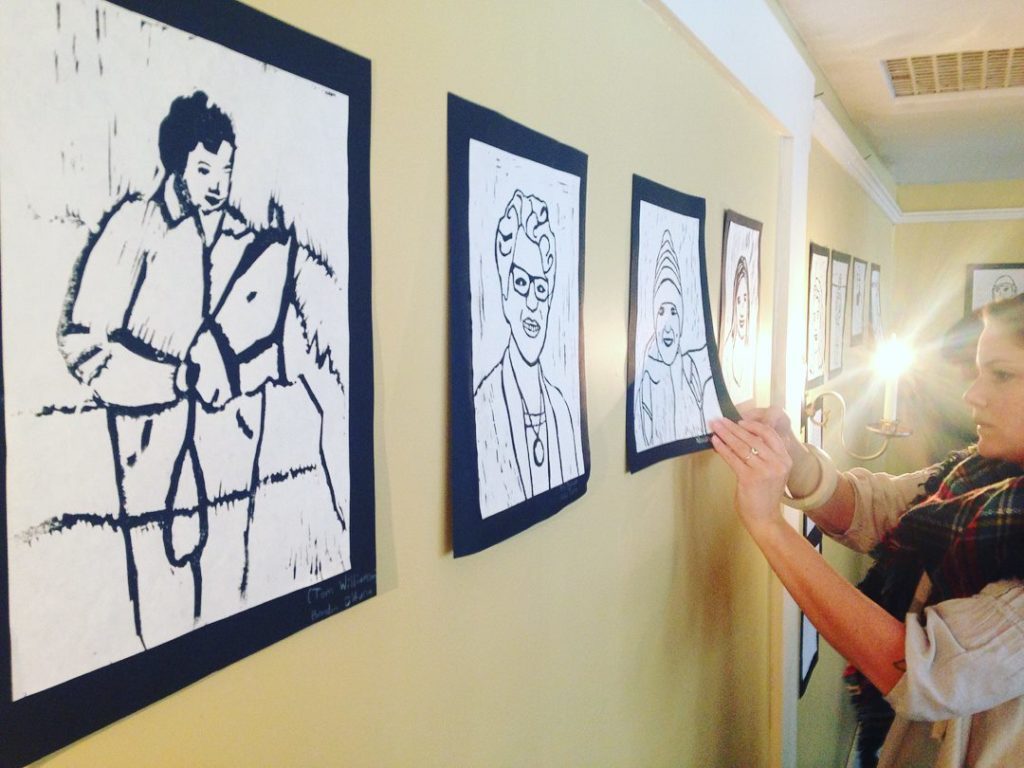How can you tell the difference between projects and project-based learning?
Turns out, even though they both might involve snazzy projects, they are quite different. Let’s take a look at how. This post is based on research of PBL resources (listed below) and classroom experience. Okay, PBL? PBJ? Let’s dig in.
Here are some guiding questions to consider when pondering if you have a project, or project-based learning approach.
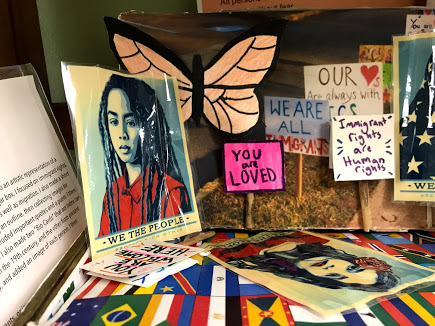
Is the project at the end of the unit, after all the “real learning” as happened?
Those at the Buck Institute, now known as PBLWorks, have coined this “dessert” learning. As in, after the main course, enjoy a delightful and fun dessert! It doesn’t really mean anything, you’ve done the hard work of memorizing content. But with project-based learning, the project is the main course. Students themselves are co-constructing learning while they are researching, collaborating and creating their projects. It is this experience that matters, and reflecting upon it, that is where the learning is.
This isn’t meaning to say that you might need to do some pre-teaching to get students ready for the inquiry involved in project-based learning. That is often something that needs to be done. But projects can often be a teacher led and created hands-on activity at the end of the unit that is very much content and lecture driven.
Is the project student-led, or teacher led?
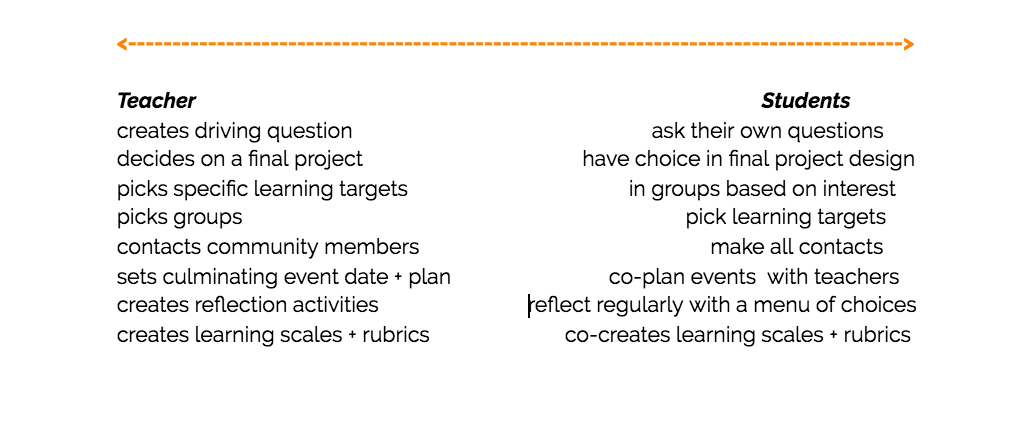 This is a continuum of course, with varying levels of student and teacher directed experiences. Hopefully, project-based learning should be moving toward the student centered end of the continuum, with scaffolding, support and guidance from the teacher.
This is a continuum of course, with varying levels of student and teacher directed experiences. Hopefully, project-based learning should be moving toward the student centered end of the continuum, with scaffolding, support and guidance from the teacher.
Even if the teacher came up with the guiding or essential question based on standards or proficiencies, the how and what parts can be led by students.
Check out this newly created PBL continuum and ponder, how can I move toward more the student centered end to increase motivation, engagement, and self-direction?
Are all of the end projects the same?
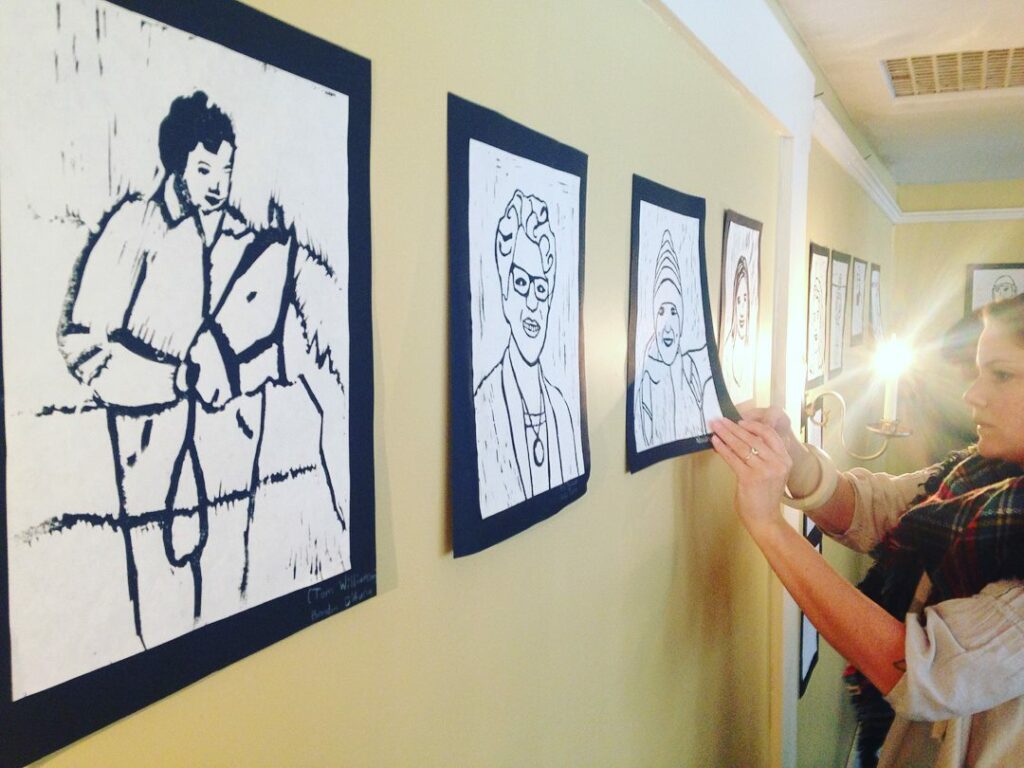
One way to tell a project from PBL is that in projects, the end projects are all the same. There is a checklist, and a predetermined product, and all students are doing just that. These can be incredible fun and meaningful for students, but they aren’t project-based learning.
Project-based learning creates more student choice, and likely more motivation, because of that. Students can often decide the end product, and if not, they are having student choice in the content and design of the project. Students will find more meaning and purpose if they are in charge of large aspects of the project. That doesn’t mean you can’t meet proficiencies, or assessment goals. It means that students need to be in the driver’s seat for a large part of the project and that needs to be designed into it from the beginning. And the more teachers do this, the more choice they usually end up trusting their students with.
Who is the project for?
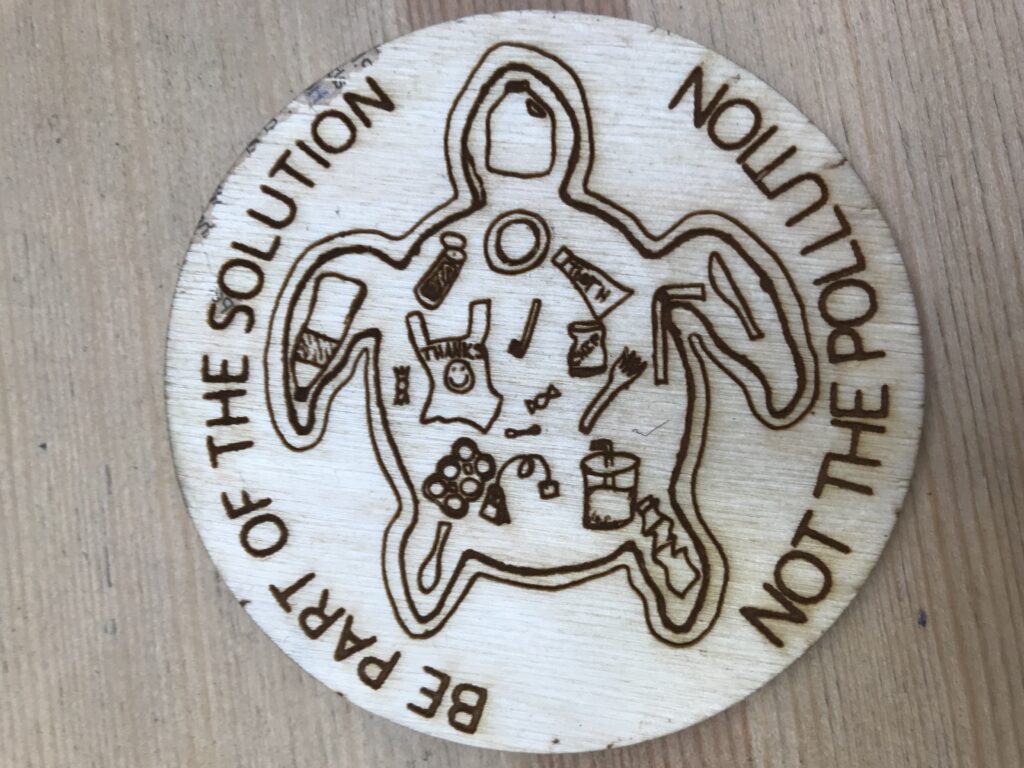
Another way to know the difference between PBL and projects is the audience. Is the project for an audience of one, the teacher? Or is it for a community group, parents and school board members, who can give feedback and support and lend purpose to the work? This is critical. Students need to feel that their work matters. Authentic audiences throughout PBL experiences, and at the end in a culminating event, prepare our students for civic engagement and connect them deeply with communities, while providing motivation and purpose in their work.
Is the experience individual and on a computer screen?
There are some very exciting new technologies out there that help students create and craft projects (can you say book creator?). But PBL is a collaborative effort between students, teachers, and community partners. Learning should happen in dialogue, planning, creating, getting feedback and reflection. These activities simply can’t take place entirely in a 1:1 computing situation. Students can use technology to extend and enrich aspects of PBL, but it can’t be a solitary endeavor.
Is the experience is the same for all students, or can students stretch and grow from where they are?
We know that students come to use at varying levels of readiness, skills and learning preferences. How can we value each students’ strengths and help them learn and grow in PBL?
It is not same-ness, as in, all students reading the same thing at the same time and completing the same tasks in the same way. PBL experiences allow for students to gather materials and resources that work for them, to engage in material in a way that uses their strengths but also stretches their learning and skills. This might mean your introvert plans out a call to a community partner by writing a script, and works up to making the call herself. Or, she is the emailer for the group instead. It might mean that some students need direct instruction in the budget process for the school when crafting a proposal for a new playground. Students will present needs that the teacher can then fill with the many tools teachers have. And this is different for all kids.
Is the teacher close in, or sitting back?
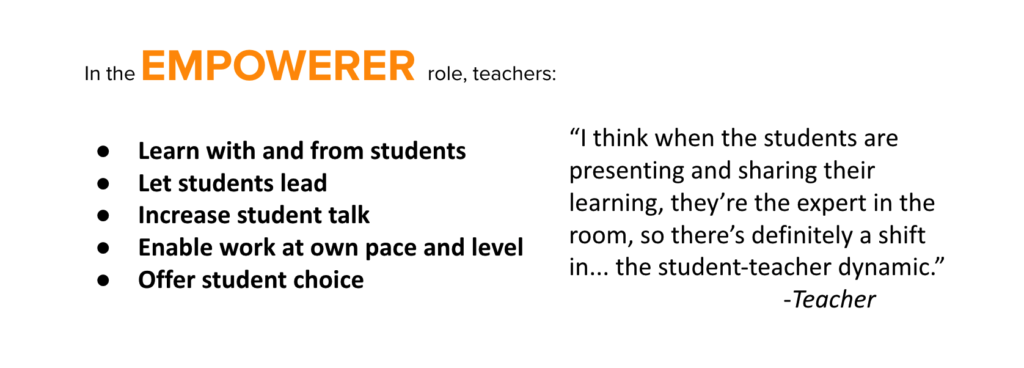 It is a common misconception that when you do PBL, teachers can go grade papers at their desk and relax a little, thinking, the hard work is over! The truth is with PBL teachers get a little closer to students in their groups and depending on their needs. Teachers are often facilitating, modeling, direct teaching, giving feedback, and helping kids coordinate with community partners. This is true PBL, when the teacher is a co-learning and facilitator, and project management assistant. In projects, since it is mostly laid out for students, teachers might be able to feel more removed.
It is a common misconception that when you do PBL, teachers can go grade papers at their desk and relax a little, thinking, the hard work is over! The truth is with PBL teachers get a little closer to students in their groups and depending on their needs. Teachers are often facilitating, modeling, direct teaching, giving feedback, and helping kids coordinate with community partners. This is true PBL, when the teacher is a co-learning and facilitator, and project management assistant. In projects, since it is mostly laid out for students, teachers might be able to feel more removed.
If you are wondering about what this PBL business is, please visit our PBL toolkit. Or, if you are ready to jump into planning, please see our PBL planning template, make a copy, and go for it!
Check out this list of the PBL work we’re super impressed with at Vermont schools.
- Project-based learning at home
- Real World: Cabot
- 5 lessons learned from an integrated middle school PBL unit
- Evolving student roles in a big (BIG) PBL project
- Developing empathy for your community
- Using student TED Talks to showcase learning
- Should Vermont host the next Olympics?
- How to build a better (student-made) chicken coop
- Kick off project-based learning with a community event
- Race Against Racism VT
How do you differentiate between PBL and projects?


